The Athearn Genesis ATHG75641 SD60M Tri-Clops is a remarkable HO scale model train locomotive, featuring BNSF #9235 with DCC and sound capabilities. After the 1995 BNSF merger, this unique unit got a large BNSF font on the cab sides. The BNSF features include forward standard ditch lights, illuminated number boards, black anti-climbers, and a small EMD front plow. The SD60M “Tri-Clops” series locomotive has a wealth of detailed features. It comes with coupler cut levers, flexible hoses, and MU stands. The walkway tread, windshield wipers, and wire grab irons add to its authenticity. The lit number boards, class lights, and signal lights provide a realistic look. The detailed fuel tank, EMD HTC trucks, and speed recorder are also included. With a Genesis driveline, all-wheel drive, and electrical pickup, it offers smooth and quiet operation. The model has fine-scale handrails, McHenry® scale knuckle couplers, and is DCC-ready with Quick Plug™ technology. It's scaled from real prototypes, has LED lighting, a heavy die-cast frame, and accurate paint schemes. The packaging ensures safe storage. The minimum radius is 18” and the recommended radius is 22”. The Legendary Liveries are an Athearn exclusive, offering unique paint schemes for collecting or fun. The sound-equipped models have an onboard DCC decoder with SoundTraxx Tsunami2 sound, dual cube speakers, and work in both DC and DCC modes. They offer full DCC functions in DCC mode and basic sounds in DC. Many functions can be adjusted via CV changes, and a CV chart is included.
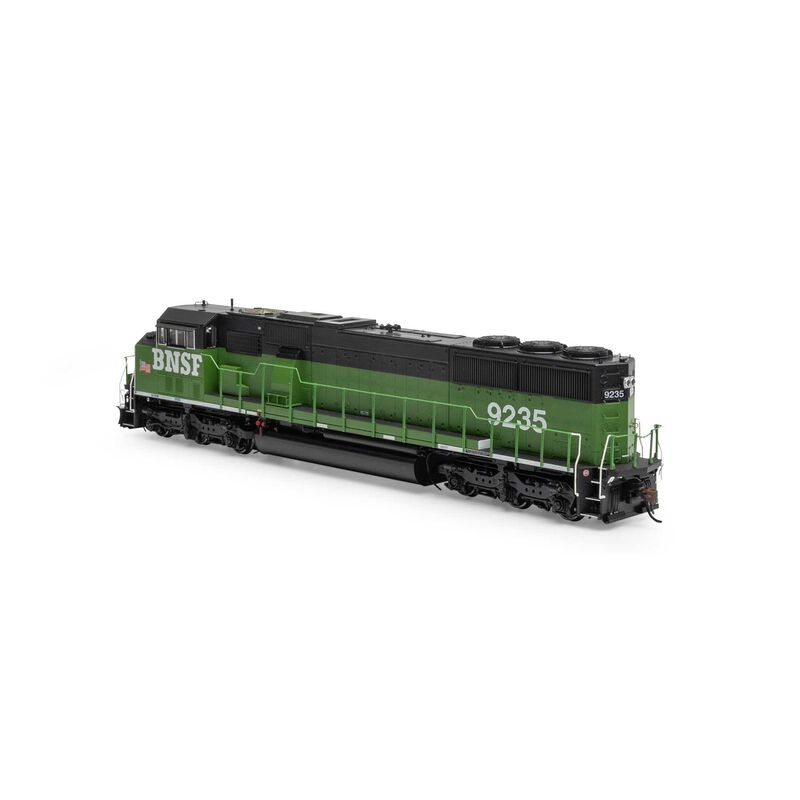
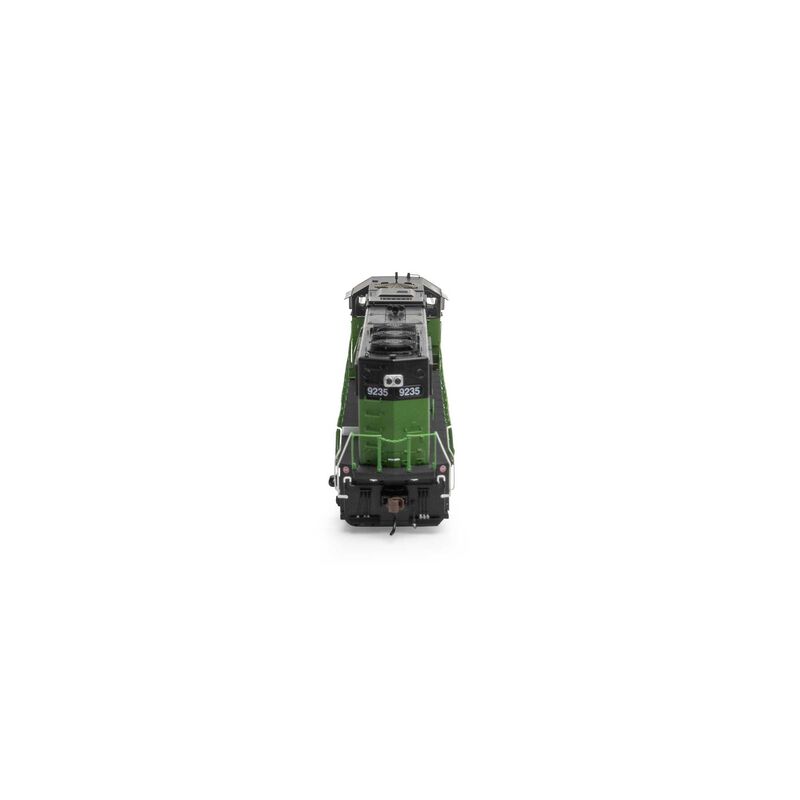
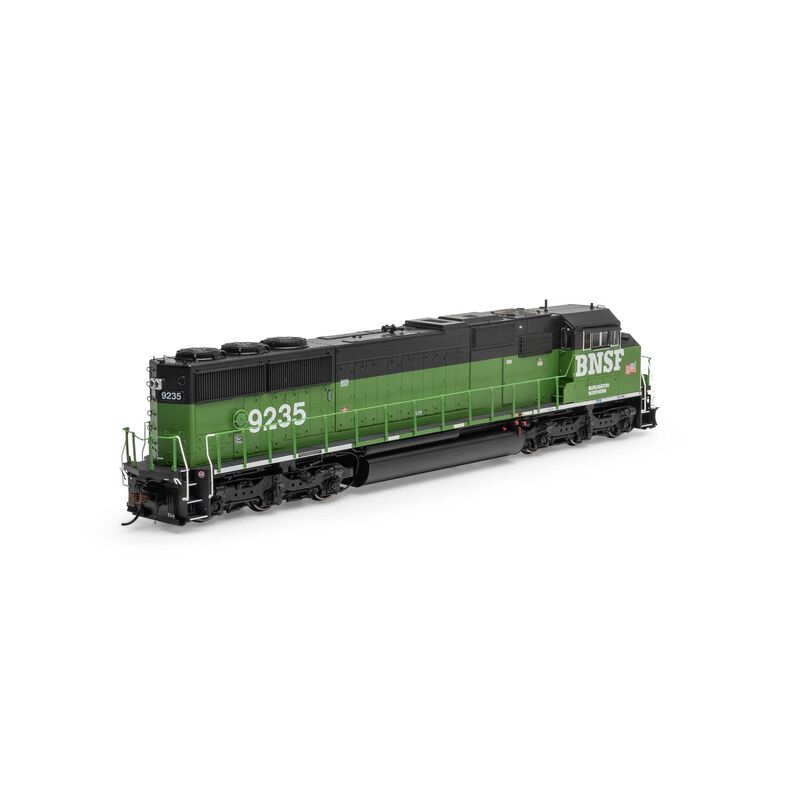

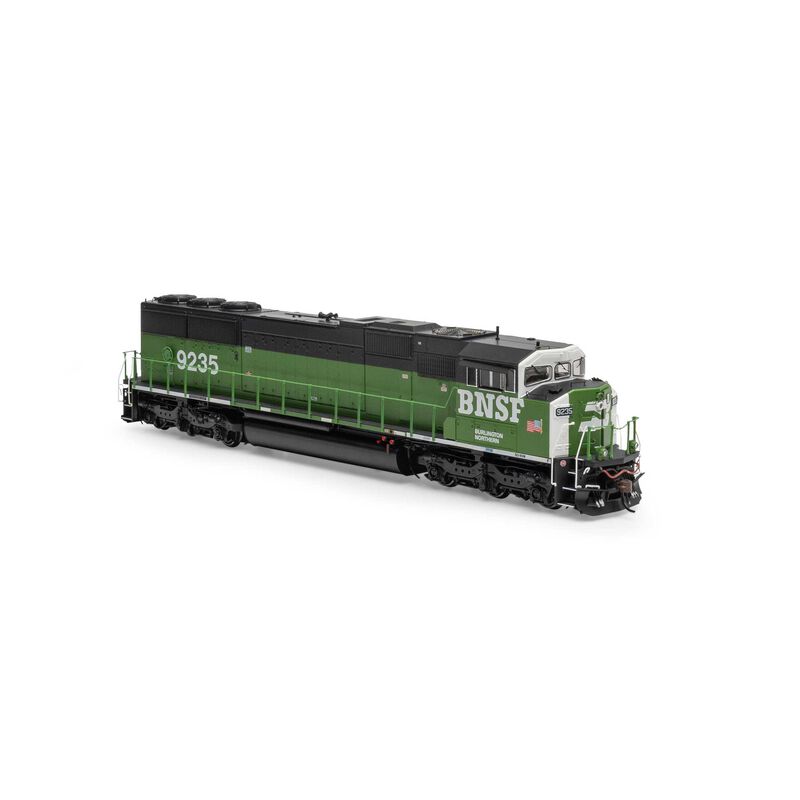
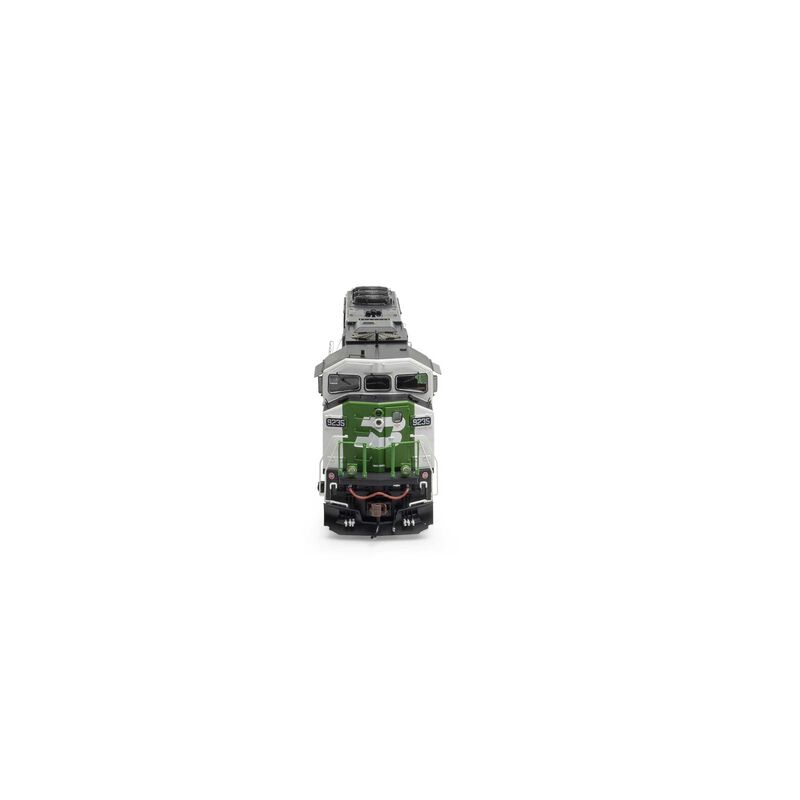
Using this model train locomotive is easy. First, make sure you have a compatible track with at least an 18 - inch minimum radius, though a 22 - inch radius is recommended for better performance. Connect the locomotive to your power source, whether it's DC or DCC. In DCC mode, you can access a wide range of functions, and in DC mode, the engine, horn, and bell sounds still work. When programming a multiple - unit (MU) lashup, remember that only the lead unit controls the horn, bell, and lights. To keep your locomotive in top shape, clean the wheels regularly with a soft cloth to ensure good electrical contact. Store the locomotive in its original packaging when not in use to protect it from dust and damage. If you want to adjust the functions, refer to the CV chart included in the box. But be careful when making CV changes as incorrect settings might affect the locomotive's performance.









